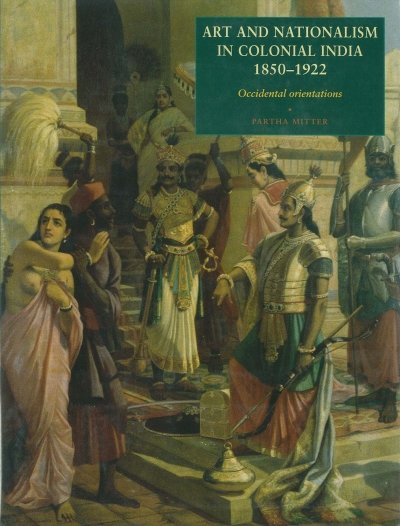Curio Critique # 5: The British interest in art education
| Sl. No. | Curio Book Title | Year of Publication |
|---|---|---|
| 5 | The Practical Teacher’s Art Monthly Feb 1898 Vol.I No.1 | 1898 |
Curio Book

Curio Reference
This monthly has an entry on the rational method of teaching free hand:

Related References
Partha Mitter’s Art and Nationalism in Colonial India 1850-1922:Occidental Orientations has a reference to the teaching of art:
“Between 1858-60, Bombay’s foundation course emulated that of the British Council of Education, which recommended training the eye and the hand to ‘understand and represent with firmness and refinement, first abstract and geometrical shapes, then the varied hundred forms of nature, passing through the intermediate stage of architectural ornament’. Figure drawing proved attractive to students but was restricted to advanced ones. Bombay was unique in putting architectural design on the syllabus, the only school which served in urban planning. In 1867-8, the teaching stages were clearly demarcated, which now included ornamental, geometrical and perspective drawing, in addition to shaded drawing of foliage and the figure...An early student Mahadev V. Dhurandhar, describes the first day at the school. After admission, the student came to class carrying a drawing board, a shading box and drawing paper. He was to be taught the importance of tones with simple plaster cubes, cylinders and spheres which were placed against a white screen. The learner began with free hand drawing... ” P42

Curio Quest
During the British rule, what type of instruction were given in schools of art in India such as Shantiniketan? Did it help students master the Indian style or did it draw heavily from European art?
